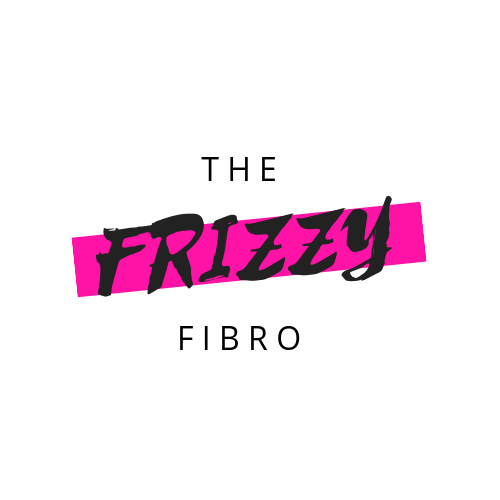
Two back-to-back vacations have me BEAT! I apologize for being a bit MIA lately, but 7 days in Cabo followed by 3 days in the Catskills had my life in a constant state of chaos. My fellow fibros know that deviating from your schedule for even a day can bring on symptoms, so you can imagine how 10 days of travel over the course of 13 days has left my body feeling!
Now that I am back home, I wanted to share some of my recent favorites in the sunblock department. SPF is essential for everyone, but its a matter of life or death for my fair skin. I am always layered in it whether I’m on vacation or simply running errands because I have a family history of melanoma. As such, I am always trying new sunblocks and have 3 current favorites that I wanted to share with you all. All products are linked!
For full body coverage – Alba Botanica Hawaiian Sunscreen Coconut Clear Spray SPF 50
I am obsessed with this spray lotion. I am typically not a fan of spray lotions, as they can be sticky, leave a residue, and can dry out the skin – but not this one! This coconut clear spray lives up to its name, going on clear and smooth and leaving without a trace. I like at least SPF 50 on my body at all times and this spray makes application easy (FYI spray lotion should ALWAYS be rubbed in after spraying to ensure even application and absorption into the skin). Besides the efficacy of this sunscreen, the brand is also free of synthetic fragrances, harsh sulfates, artificial colors, parabens and phthalates. They also do not test on animals and are free of ingredients identified to have potential adverse impact to coral reef . BONUS PERK – it may depend on your area, but I can get this lotion at Costco pretty much all the time in a value pack that rocks.
For your face – La Roche-Posay ANTHELIOS ULTRA LIGHT FLUID FACIAL SUNSCREEN SPF 60
This facial sunscreen has been my go-to since I got a sample from my dermatologist like 5 years ago. I have never been burnt with this on my face – even on an off day where I forgot to reapply. It goes on super light and leaves your skin with a satiny-matte finish. It is also great under make up if you have an outdoor event like a wedding or graduation. Due to its light nature, this is the sunscreen I apply to the part in my hair as well, since it doesn’t leave my roots greasy. It’s very easy to forget the part of your hair and unfortunately that is where many women later develop sun-related issues. Make applying sunblock to the part in your hair a part of your pre-sun routine!
For body after a few days of sun – HAWAIIAN TROPIC SHEER TOUCH ULTRA RADIANCE LOTION SUNSCREEN SPF 50
After a few days of sun, sand and chlorine, my skin is often dry and itchy. Two of my travel companions were using the SPF 30 of this all week long and swore by its conditioning properties. I grabbed a bottle from the pharmacy in Mexico (in SPF 50) and fell in love. It is so luxurious on the skin and leaves you smelling heavenly. This was perfect for my last 2 days where all I did was sit under the umbrella and read, while this moisturizing lotion helped to revive my skin. It’s important to wear lotion even if you’re covered by shade because not all umbrellas have SPF and you can get burned through them. I loved the way my skin felt and smelled, plus it leaves a little shimmer on the skin that ups the vacation glow factor.
I am always trying new lotions. Leave me a comment below with some of your favorites!






